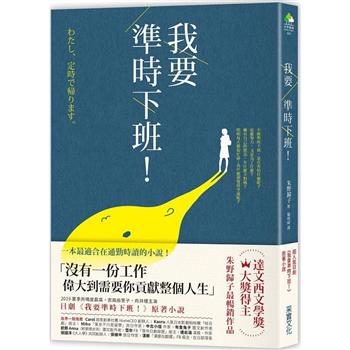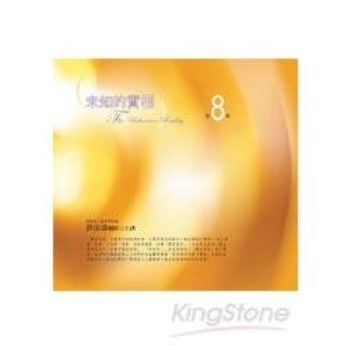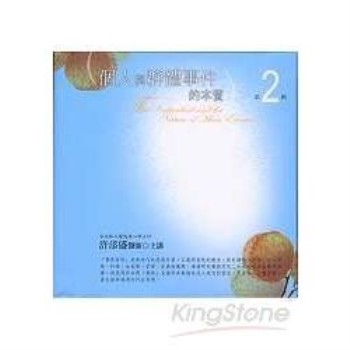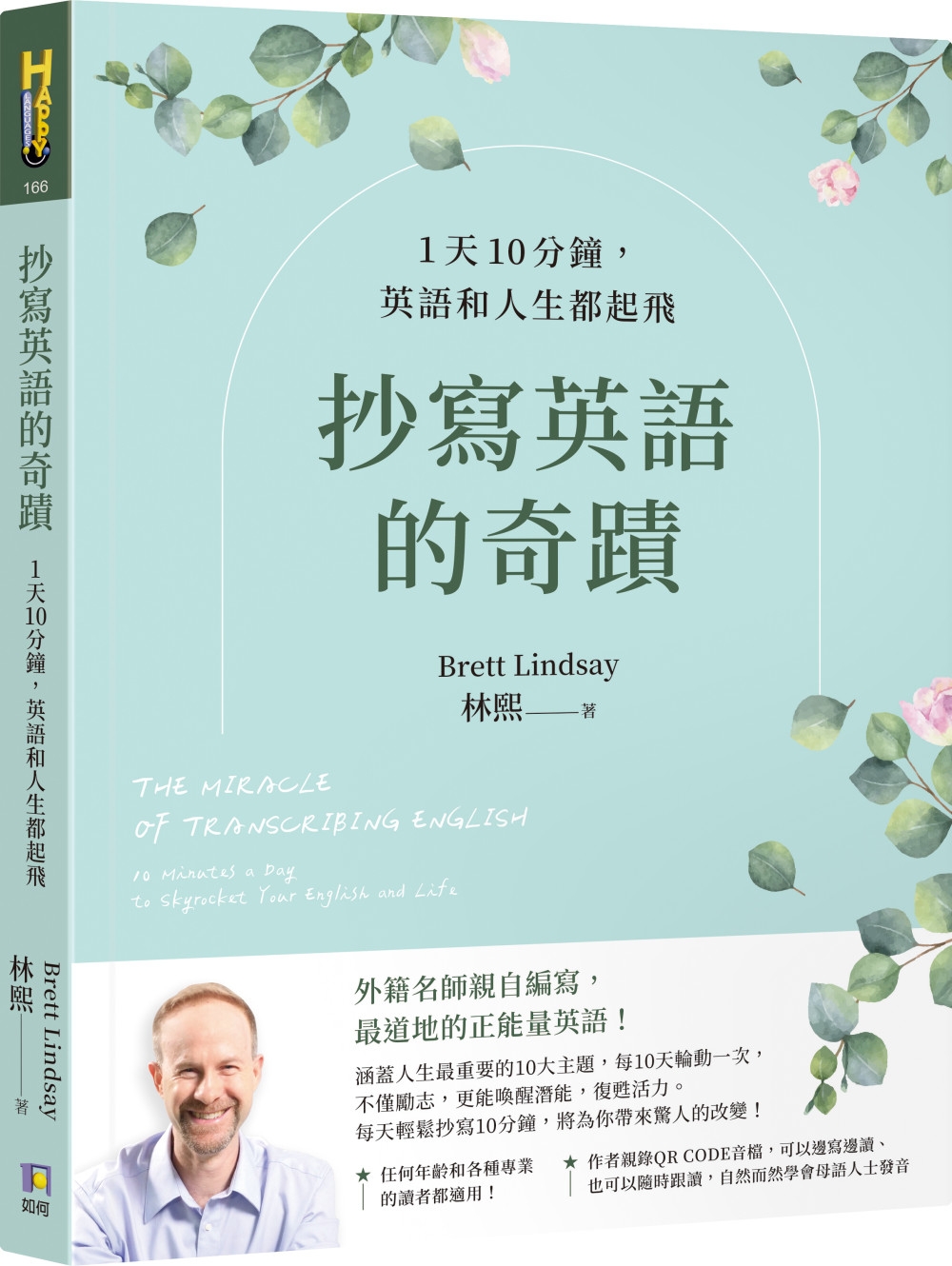In The Secret Science of Price and Volume, leading market timer Tim Ord outlines a top-down approach to trading--identifying the trend, picking the strongest sectors, and focusing on the best stocks within those sectors--that will allow you to excel in a variety of markets. With this book as your guide, you'll quickly become familiar with Ord's proven method and discover how it can be used to make more profitable trading decisions.
| FindBook |
有 1 項符合
Price and Volume的圖書 |
 |
THE SECRET SCIENCE OF PRICE AND VOLUME: TECHNIQUE 作者:Timothy Ord 出版社:JOHN WILEY & SONS,LTD 出版日期:2008-01-30 規格: / 208頁 |
| 圖書館借閱 |
| 國家圖書館 | 全國圖書書目資訊網 | 國立公共資訊圖書館 | 電子書服務平台 | MetaCat 跨館整合查詢 |
| 臺北市立圖書館 | 新北市立圖書館 | 基隆市公共圖書館 | 桃園市立圖書館 | 新竹縣公共圖書館 |
| 苗栗縣立圖書館 | 臺中市立圖書館 | 彰化縣公共圖書館 | 南投縣文化局 | 雲林縣公共圖書館 |
| 嘉義縣圖書館 | 臺南市立圖書館 | 高雄市立圖書館 | 屏東縣公共圖書館 | 宜蘭縣公共圖書館 |
| 花蓮縣文化局 | 臺東縣文化處 |
|
|
圖書介紹 - 資料來源:博客來 評分:
圖書名稱:Price and Volume
內容簡介
作者簡介
Timothy Ord is President, Editor, and Publisher of The Ord Oracle, which is an electronic advisorynewsletter that recommends S&P, NASDAQ, and gold stock trades. He is frequently listed as one of the top-ten market timers in the country. Timer Digest ranked him the number-one gold timer for the one-year period ending January 13, 2006, and the number-two gold timer--and number-five S&P timer--in 2004. Ord introduced the tick index method in 1991, and the method is now widely used by short-term stock traders. He has also developed a new trading method (packaged in a software program) called Ord Volume, which measures strength in a rally or decline for a stock or index. His Web site is www.ord-oracle.com.
|










